There are many easy ways facility managers can make fast and permanent changes to their lighting that will save on energy, slash maintenance and give quick paybacks. Swapping traditional technologies for LED is the easiest of all…
There must be things that the hard-pressed facilities manager can do to make their job just a little bit easier, and maybe save a bit of money for better things. Here’s a list of actions that shouldn’t take too much effort to work out and which should see immediate benefits.
Replace 2D lamps with LED modules
There’s no reason why utility bulkheads in service areas should still be fitted with 2D fluorescent lamps. There are plenty of efficient LED alternatives designed specifically to replace the 2D lamp. They’ll provide around 70% energy savings, with improved light output across a lamp life of around 50, 000 hours.
But be careful and do a bit of research. Switching from a fluorescent 2D lamp to an LED retrofit isn’t only an easy fix for you; it’s also an easy option for unscrupulous manufacturers and suppliers, so be sure of who you’re dealing with.
Eliminate all tungsten lamps
There may be a very special reason why THAT filament lamp needs to stay in THAT fixture in THAT room, but otherwise there really is no excuse to be holding onto any filament lamps.
Let’s remind ourselves of the facts: tungsten and tungsten halogen lamps operate at around 10 – 20 lm/W, compared with LED retro-fit lamps that start at 60lm/W and only get better. And some of those LED lamps can be dimmed, making the savings even greater.
The usual warning about LED product needs to be aired here. There are companies out there who just want to take your money and offer very little in return apart from problems. Make sure that you know who you’re dealing with when it comes to LED retro-fit lamps.
Swap out T12 fluorescent tubes
Extraordinarily, it’s still possible to buy T12 fluorescent lamps, because there are still companies making them. It’s like calling into a Ford dealership and being offered a Cortina. The only reason for still using a T12 fluorescent lamp is because no one’s got round to changing those 1800mm and 2400mm battens that were installed thirty years ago.
So, on the grounds that anything else is better than a T12 lamp (except a filament lamp) it’s time to replace the old fixtures with some modern technology. These days that will mean a one-for-one replacement with either an LED fixture or a T5 fluorescent equivalent, depending on which gives you the better performance for the task.
Install presence sensors in toilets
Lights being left on when rooms are vacant is just wasted energy. The simplest fix is to install a movement sensor on the ceiling, wired between the light switch at the door and the light fittings. Then all you need to do is to change the wall-switch to a secure key switch – and leave it in the ON position.
The sensor will detect when someone comes into the toilet and switch on the lights automatically. So far, so easy, but there is one issue that always needs to be taken care of – its no comedy when the lights go out and you’re tucked away in a cubicle. Good sensors are fitted with adjustable time-settings to avoid embarrassment.
Fit absence detectors where you can
If we accept the argument that lighting an empty room is a waste of energy, then we might shift our attention to an energy management structure that might bring savings from working spaces beyond the toilets.
The quick fix is to accept that every room needs to be taken on its merits and provide such energy saving technology as may be relevant. Don’t get hung-up on an estate-wide solution; do what you can and what makes sense.
The common situation is that a room is vacated and stays empty for a decent length of time, with the lighting left ON. Installing absence sensors into the lighting circuit ensures that an empty room automatically switches to an unlit room. Absence detectors switch the lighting off but do not switch the lighting back on when someone comes into the room; that decision is left with the occupants.
The only gripe about absence detectors is that they promote lazy thinking – see ‘education’ below.
Use daylight controls
Most of the time we’re thinking about saving energy from artificial lighting after dark, or in rooms where there is little or no natural light. But, where its available, natural light equals free illumination.
The easy catch is the area along windows where daylight ingress will exceed interior light levels for much of the day. What happens next depends on the state of the ceilings. If rooms are fitted with a suspended ceiling system then there is a readily available easy fix. Install daylight sensors along the window line and create two zones, one that is lit 100% by artificial lighting, while the other benefits from available daylight.
There are varying levels of sophistication around daylight controls, with some buildings controlled so that each run of light fittings (parallel to windows) has separate control. That may be a step too far, but there’s no need to walk away from the idea when a simplistic option is available.
Manage your exterior lighting
This calls for a bit of analysis but can give you a satisfying return on the effort. All external areas can be assessed by their usage and their security needs. A space that is in use at all hours and has serious security requirements will need lighting throughout the hours of darkness, and will probably be supported by a CCTV system. On the other hand, a back-of house loading area that is only ever in use during normal working hours and which is otherwise inaccessible may need nothing more than some low-level security lighting that can be triggered by sensors.
Working through the estate, zoned lighting installations can be retro-fitted with sensors and time-switches to guarantee energy savings, and probably make life for those in neighbouring properties a bit more comfortable.
Swap emergency bulkheads for self-test luminaires
The emergency lighting regulations require regular testing of the emergency lighting installation. In a large estate this has been compared to painting the Forth Bridge and it’s not surprising to hear that some installations receive only the minimum attention needed to stay on the right side of legal.
The easiest fix is simply to remove the old self-contained luminaires that are controlled via a key-switch by the door and replace them with luminaires that contain internal circuitry that enables the luminaire to monitor itself. Regular checks then only require a visual check of the LED display on each fitting, making life far easier for technical staff.
An important note, though. You’ll still have to carry out the annual real-time inspection. Getting free from that chore requires a far more complex solution.
Educate your occupants
The most cost-effective method of energy management is to have knowledgeable building users who understand the implications of lights being switched on and left on when it’s not necessary. The best type of sensor is the person with their finger on the light switch.
Of course, the potential hazard lurking behind any kind of well-intentioned behavioural training is that you end up alienating exactly those people you need to encourage. Teaching staff members to be more alert to energy management needs careful handling; but once the argument is won, the benefits are there for a long, long, time.
Oh, and clean your fittings!
Once all is said and done, and the installation is working well, with all the sensors fitted and staff members on-message there’s still one thing to get to grips with, and that is cleaning.
Most commercial and industrial light fixtures are technical constructions. They have reflectors and diffusers and these will need regular cleaning if the light levels aren’t to fall below acceptable standards. What ‘regular cleaning’ means in practice will be determined by local environment and health & safety factors. Clean Rooms are probably already being kept in an immaculate state, but back-of-house service areas are possibly running at less than the optimum level.
A good cleaning regime means that money is not being wasted by dust and grime stopping that expensive light getting out of the fixture.
Call us to discuss lighting for your premises: 0208-540-8287. Visit www.novelenergylighting.com to explore our range of LED downlights, LED tubes, LED panels, and sensors.
facility management · FM · led 2d · LED downlights · led lighting · led panels · led tubes · lighting · Novel Energy Lighting · occupancy sensors · PIR sensors

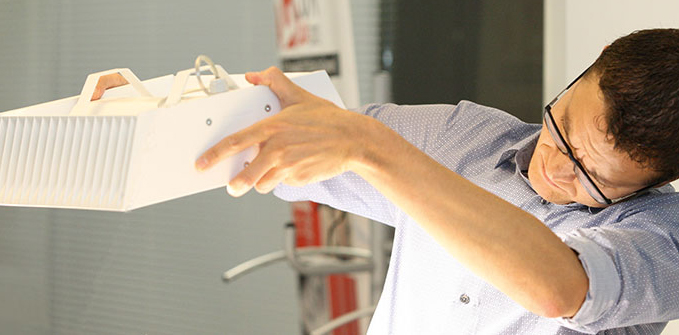


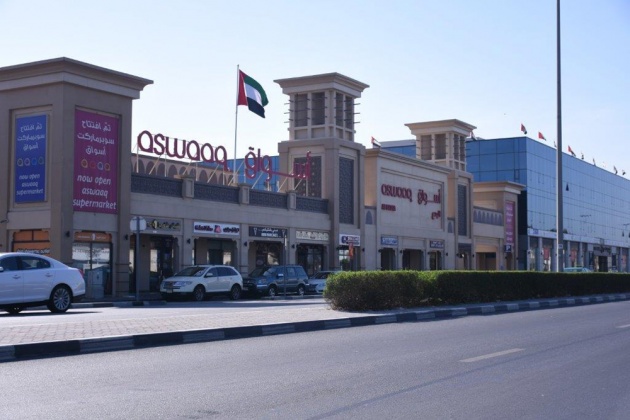
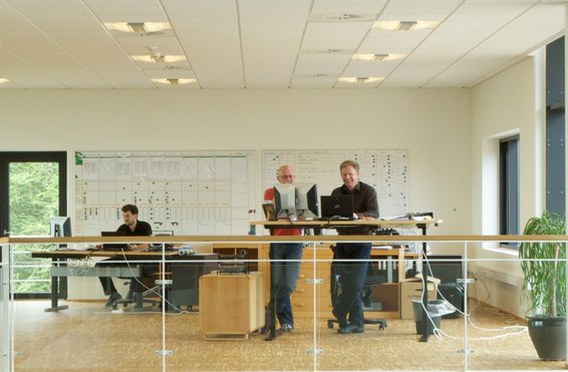
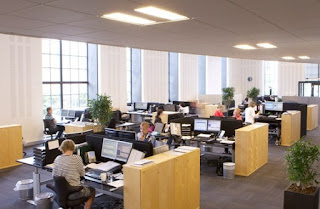

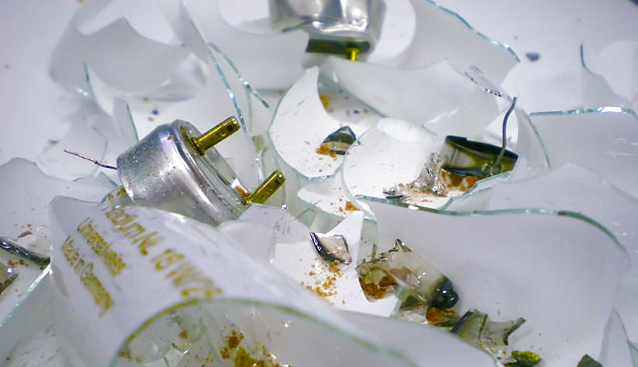
 In 2015 the number of lamps being recycled leapt by 44 per cent while luminaires were up 4.4 per cent. Commenting on the news, Nigel Harvey, CEO of specialist lighting WEEE compliance scheme Recolight, said: ‘It is particularly pleasing to see that the 2015 recycling rate bounced back up from 2014. This is probably due, in part, to the recycling of fluorescent waste resulting from major LED integrated luminaire roll outs in business premises across the UK. The lamp recycling rate from 2013 to 2014 saw a drop when, for the first time, the data included LED lamps as well as Gas Discharge Lamps. With very large quantities of LEDs being sold – but very few being returned as WEEE, the inclusion of LEDs inevitably reduced the rate.’
In 2015 the number of lamps being recycled leapt by 44 per cent while luminaires were up 4.4 per cent. Commenting on the news, Nigel Harvey, CEO of specialist lighting WEEE compliance scheme Recolight, said: ‘It is particularly pleasing to see that the 2015 recycling rate bounced back up from 2014. This is probably due, in part, to the recycling of fluorescent waste resulting from major LED integrated luminaire roll outs in business premises across the UK. The lamp recycling rate from 2013 to 2014 saw a drop when, for the first time, the data included LED lamps as well as Gas Discharge Lamps. With very large quantities of LEDs being sold – but very few being returned as WEEE, the inclusion of LEDs inevitably reduced the rate.’